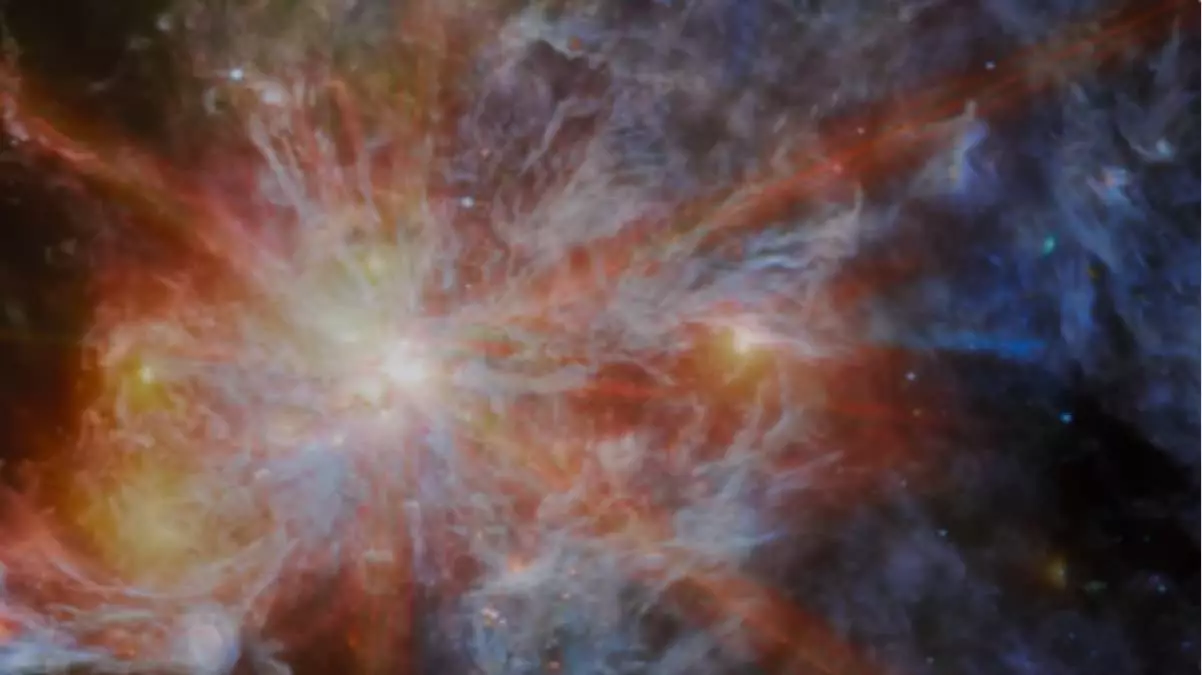In an exciting development for astrophysics, the James Webb Space Telescope (JWST) has potentially identified five galaxies that could date back to merely 200 million years after the Big Bang, positioning them among the earliest celestial bodies ever detected. Located around 13.6 billion light-years from Earth, these galaxies promise to unlock critical insights into the formative moments of the universe. This significant discovery was shared on the preprint server arXiv on November 26, although it awaits peer review for validation.
A remarkable aspect of this discovery is the technique employed by researchers: gravitational lensing. This phenomenon, predicted by Einstein’s theory of general relativity, involves the bending of light due to the gravitational influence of massive objects. The study utilized a galaxy cluster known as Abell S1063, which acted as a natural telescope, enhancing the faint light from these ancient galaxies. Unlike its predecessor, the Hubble Space Telescope, which mainly observes visible light, the JWST’s infrared capabilities allow it to penetrate dust clouds and observe the remnant light from the universe’s earliest epochs. By capturing redshifted light—light that stretches as the universe expands—the JWST challenges the limits of traditional astronomical observation.
Testing Theories of Galaxy Formation
The data acquired could stimulate renewed discussions around prominent theories of galaxy formation. If these ancient galaxies are indeed confirmed, they would not only predate the previously identified earliest galaxy, JADES-GS-z14-0, by roughly 90 million years but could also shift our understanding of the timeline concerning cosmic structure development. The proximity of these five candidates raises the tantalizing possibility that more such ancient galaxies await discovery, potentially clustered together in this nascent cosmic neighborhood.
Implications for Astrophysics
The rapid assembly of these early galaxies invites speculation about the underlying mechanisms that facilitated their formation so soon after the Big Bang. Theories involving early supermassive black holes or supernova-driven feedback mechanisms are emerging as potential explanations. Furthermore, the role of dark energy in shaping the cosmos during these formative years is a subject ripe for exploration, suggesting a multi-faceted influence on early galactic evolution.
These groundbreaking findings underscore the transformative potential of the JWST as an observatory. By exploring the universe’s earliest moments, this technology stands not only to illuminate the origins of galaxies but also to reshape the broader narrative of cosmic history. The JWST, with its advanced capabilities, represents a leap toward uncovering the mysteries that lie at the heart of our universe, bridging gaps in our understanding and sparking new questions for future exploration. As validation of these discoveries looms, the prospect of fundamentally altering our view of the cosmos seems increasingly within grasp.

Leave a Reply